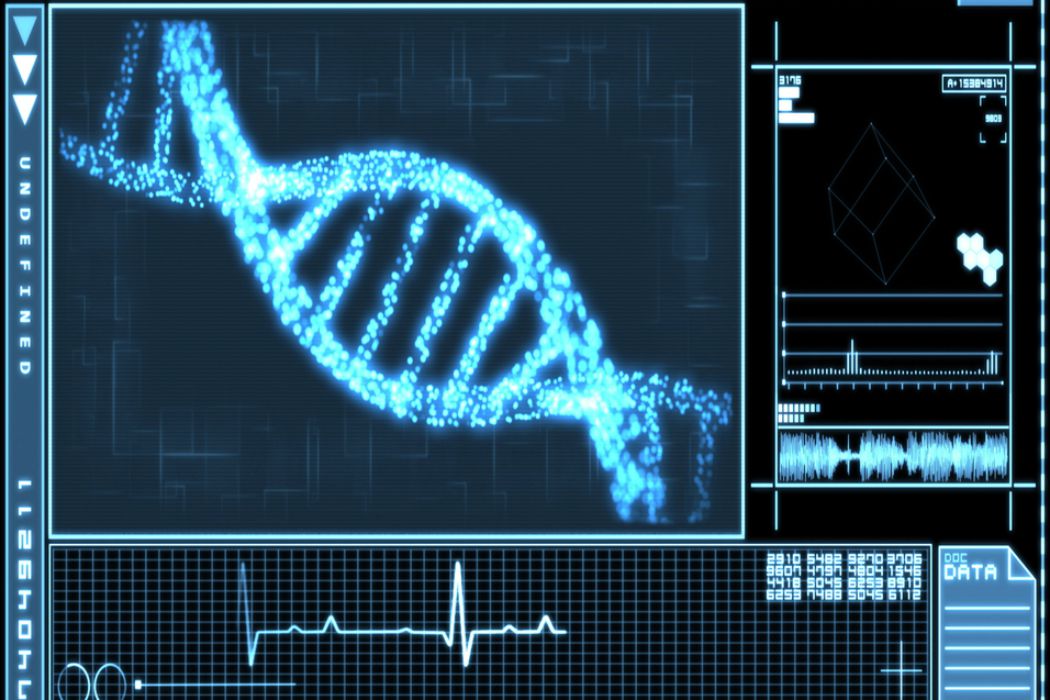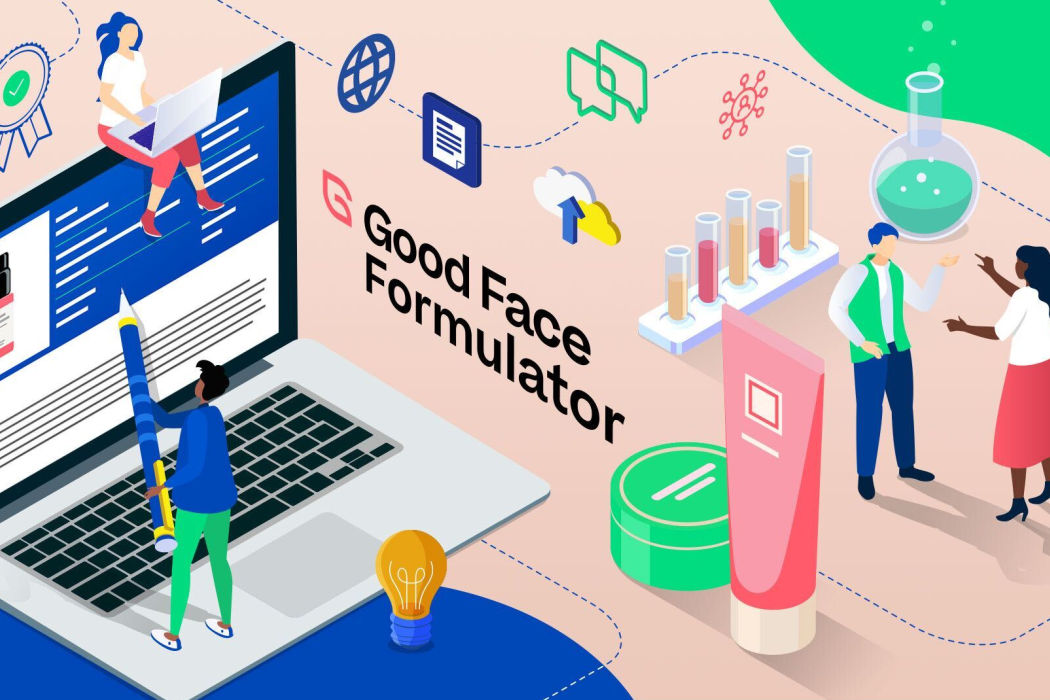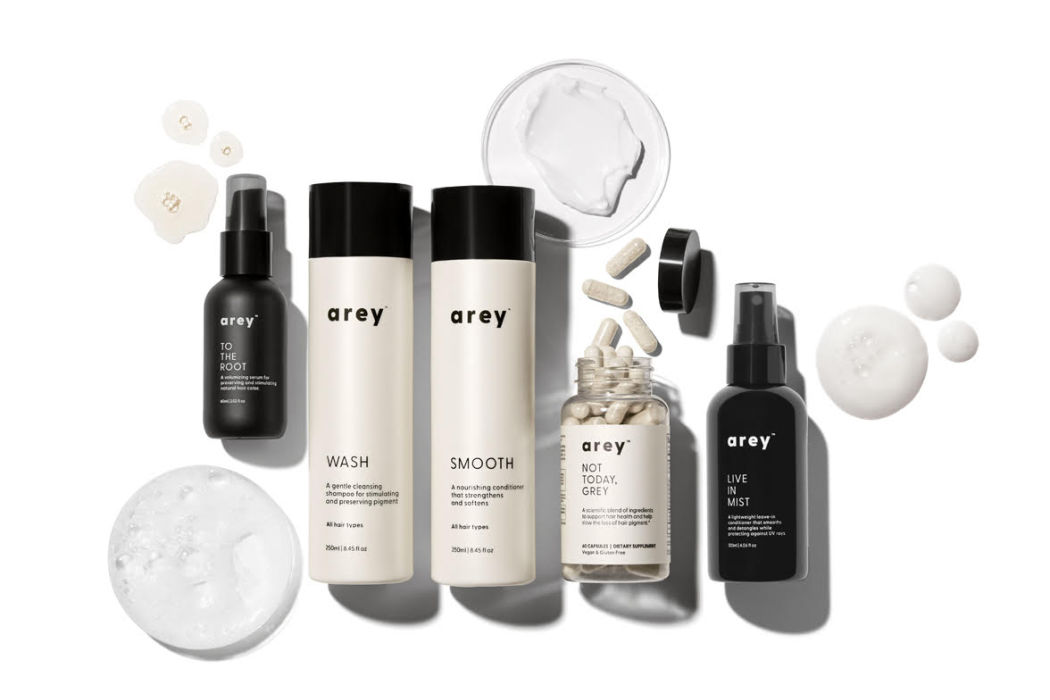I’ve been told that I have my mother’s eyes and my father’s smile. Sometimes the genetics we inherit reveal themselves in very obvious ways. And sometimes they don’t. Recently I wrote this post about DNA tests that can identify your skin’s inherent strengths and weaknesses, enabling you to pinpoint exactly what skincare products are best for you based on your unique genetic profile. This is a critical breakthrough because without this type of information, it’s impossible to know the specific needs of your skin. This is why we buy from the brands that we like (or that have a great sales pitch), get lucky with a few products and end up with a drawer full of skin care rejects that didn’t deliver as promised because they weren’t the right match for our skin. The beauty of these DNA tests is that they take out the guesswork, providing you with clear guidelines on how to shop for your skincare, supplements and professional skin treatments.
Of course I could hardly wait to take the test and reveal my skin’s genetic destiny, but I also truly wondered if the information would be valuable to me or not. As someone extremely well versed in skincare, I already knew how to cut through the category clutter and felt very confident in my skincare regimen.
I used the SkinDNA™ Genetic Test which examines 16 genetic markers (SNPs) in the five categories most critical to skin aging: inflammation, collagen formation, glycation protection, antioxidant protection and sun protection. Stefan Mazy, founder of SkinDNA, helped me interpret my results, which were pretty average except for two key areas:
Free Radical Damage (Gene 10) – Most of us understand that free radical damage is one of the leading causes of skin aging and therefore eating antioxidant-rich foods and buying antioxidant-rich skin care is a good thing. What you might not know is that our most powerful defense against free radicals is controlled by our very own “antioxidant genes” and that these levels can vary greatly from person to person. Unfortunately, I’m in the shallow end of this gene pool and therefore it’s critical that I augment these antioxidants, especially Superoxide Dismutase, both internally (with supplements) and topically. For me, this is a no brainer. Done and done, just like that. If only it was that simple for my next issue…
Glycation Protection (Gene 3)– Quick skincare lesson: glycation occurs when excess bodily glucose (sugar) molecules link to the skin’s collagen and elastin fibers. Glycated fibers then become rigid and have reduced regenerative ability, leading to accelerated skin aging in the form of wrinkling and decreased elasticity. On a scale of 1-10, my skin’s ability to protect against glycation is about a 2.5. Major fail. So what do I do?
Well, this is where it gets interesting. New evidence in the study of epigenetics proves how the lifestyle choices we make can either speed up or slow down the aging process. This can take the form of deciding whether or not to wear sunscreen, or in my case, whether or not to lay off the sugar and carbs. So with this hard data in hand, I can either blame my inevitable premature aging on bad genes, or I can start eating a low sugar diet and basically eliminate the expression of this genetic deficiency. The test has given me the power to alter how my skin ages – whether I like what I need to do or not. Kind of mind blowing, right?
Now for some, this info wouldn’t be that enlightening. But it is for me – my husband is an owner in a gelato company and a partner in a bakery. I love sweets and eat more than I should, making this information highly valuable and certainly worth the $299 price of the test.
But enough about me. What do tests like this mean for the future of the skincare industry? Here’s what I think. Right now, SkinDNA has the genetic data on over 40,000 people from a variety of ethnic backgrounds. They are adding to this at a rate of 15,000+ individuals a year and running all kinds of correlation studies. These studies generate statistics that have the ability to alter the way skincare is formulated and marketed. For example, they can identify genetic patterns among certain groups that can predict an increased likelihood of a genetic tendency. So I think it’s only a matter of time before this data is sold to a L’Oreal or Estee Lauder who can use it to either create new brands or reposition existing ones using this hard data as a guide. Then for those like me who want an individualized DNA report, the door is opened for companies to create bespoke skincare including both topicals and injestibles. GENEU, who offers a test similar to what I took through SkinDNA, is currently offering a personalized anti-aging serum based on your DNA results. Product starts at £300 for a 4 week supply.
The really crazy thing is that DNA testing is just the tip of the iceberg when it comes to the future of customized skincare. New developments in biology will soon enable custom-made professional treatments, like using an individual’s own blood platelets to create protein-rich, collagen stimulating injectables. By using one’s own skin tissue as the basis for a filler, it has the potential to last longer and be more effective. Then there’s this: Biomedical Micro-engineering researchers at Heriot Watt University in Scotland, in collaboration with stem cell technology company Roslin Cellab, have created a breakthrough printing process that enables 3-D printing of embryonic cell cultures. These embryonic stem cells have an ability to replicate indefinitely and differentiate into almost any cell type in the human body (and I thought 3-D printed packaging was cool!). Since stem cells have the ability to regenerate damaged cells, this technology is expected to basically revolutionize the beauty industry and may truly become the future fountain of youth, all within the next two decades.
Of course I’m all over this, so you can be sure that I’ll keep you posted as more and more research emerges. It’s going to be a wild ride!
-CM




